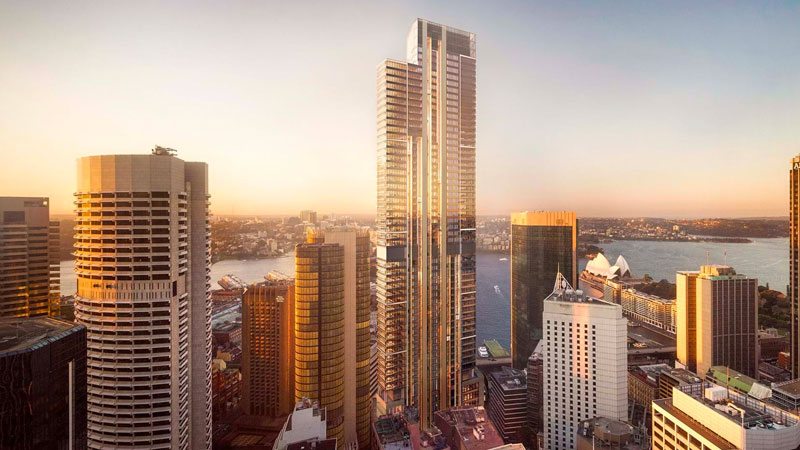Resources
Newsletter
Stay up to date and with the latest news, projects, deals and features.
SubscribeThe Australian office sector has continued to sidestep a pandemic-led collapse with the demand for space continuing to lift in every capital CBD.
The Property Council of Australia’s latest office market report reveals that the national vacancy ticked up slightly, from 11.9 per cent to 12.1 per cent in the six months to January 2022.
Since the onset of the pandemic, office vacancies have increased by 3.3 per cent, in stark contrast to the recession of the 1990s when vacancy rates blew out by 15.6 per cent over a three-year period.
PCA chief executive Ken Morrison said tenant demand had continued to show remarkable resilience, lifting an average 1 per cent across the country’s CBDs and 0.7 per cent in non-CBD markets.
“Today’s figures illustrated that the office is alive and well in today’s economy,” Morrison said.
“While many expected this once-in-100-year global pandemic to cause a major spike in office vacancy, these figures show that hasn’t eventuated.
“While aggregate vacancy levels have risen slightly, the driver of this has been new supply of office space, not a drop in demand.”
Every capital city bar Sydney and Brisbane recorded demand increases higher than their historical average across the course of 2021.
CBRE director of office leasing Chris Hanley said Sydney’s impressively high level of enquiries during 2021, dominated by tenants actively chasing space in the sub-500sq m group, had rolled over into the new year.
“Larger occupiers have now re-emerged after sitting on the sidelines through the early part of the year and occupiers are continuing to leverage current market conditions to upgrade the quality of their workplaces,” Hanley said.
“Mergers and acquisitions remain Sydney’s dominant driver of sublease supply among the larger tranches, rather than cost cutting or changing workplace strategies.”

Sydney’s average prime grade incentive remains at 35 per cent and gross face rents continue to average $1355 per square metre per annum.
The city is now forecast to bring online 120,000sq m of new supply is set to hit the market during the next 24 month after more than 300,000sq m in 2020 and more than 200,000sq m during 2021.
In Melbourne, the state government has kept workers returning to the office capped at 25 per cent with higher levels of occupancy expected once the restriction is lifted.
Cushman and Wakefield joint head of office leasing Chas Keogh said the Melbourne market had become segmented, with incentives being dialled back and landlords holding face rents steady.
“With the ‘flight to quality’ story playing out, tenants, in particularly larger tenants, are showing signs of confidence in the future of the workplace,” Keogh said.
“Smaller tenants do have greater optionality by comparison to larger occupiers, however, that isn’t abnormal in any market.”
Colliers International national director of office leasing Matt Kearney said Brisbane, which has emerged as the country’s hottest CBD office markets during the pandemic, was now entering a ‘golden decade’ heading into the 2032 Olympic Games.
“The current total market vacancy rate in the Brisbane CBD sits at 15.4 per cent and is likely to peak just shy of 16 per cent,” Kearney said
“Despite this, the demand outlook for new developments and prime grade assets is strengthening with most occupiers now seeking next-generation workplaces.
“This has been evident in recent months with commitments in the CBD from the private sector, namely Great Southern Bank at 300 George Street, and KPMG and APA Group at 80 Ann Street which will fall into the PCA vacancy data over 2022 and 2023 aligned with their lease start dates.”
On the Gold Coast, the office market has similarly swung into a landlord-driven market on the back of a strong 12-month performance.
Vacancy rates fell to 10.1 per cent last year after a total reduction of 4.2 per cent over the period.
JLL head of research Andrew Ballantyne told The Urban Developer Australia’s employment growth would be crucial to drive demand for office space in 2022.
“The Australian labour market has proven to be very resilient with business surveys pointing towards robust employment growth over 2022,” Ballantyne said.
“The evolution of working practices will have implications for workplace design … [but] positive net absorption figures show that a number of organisations are increasing floor space to accommodate head count growth.”